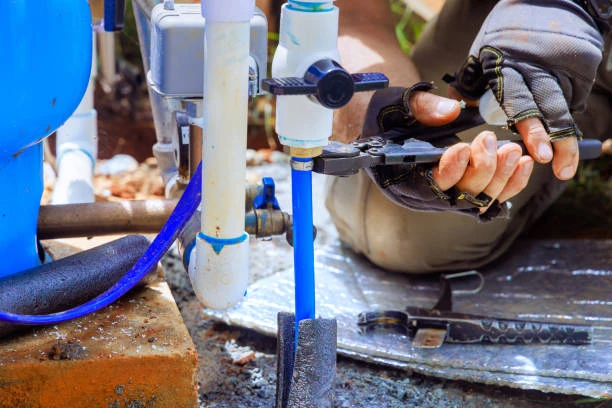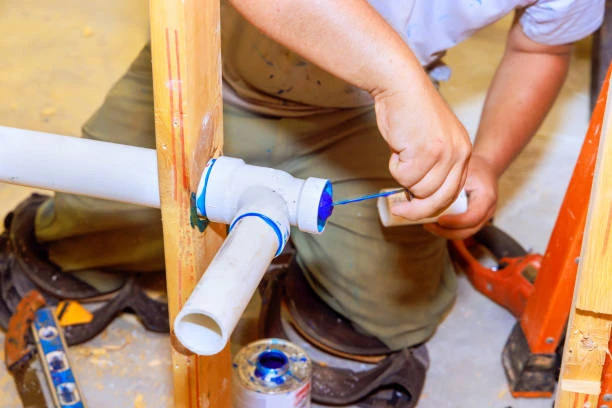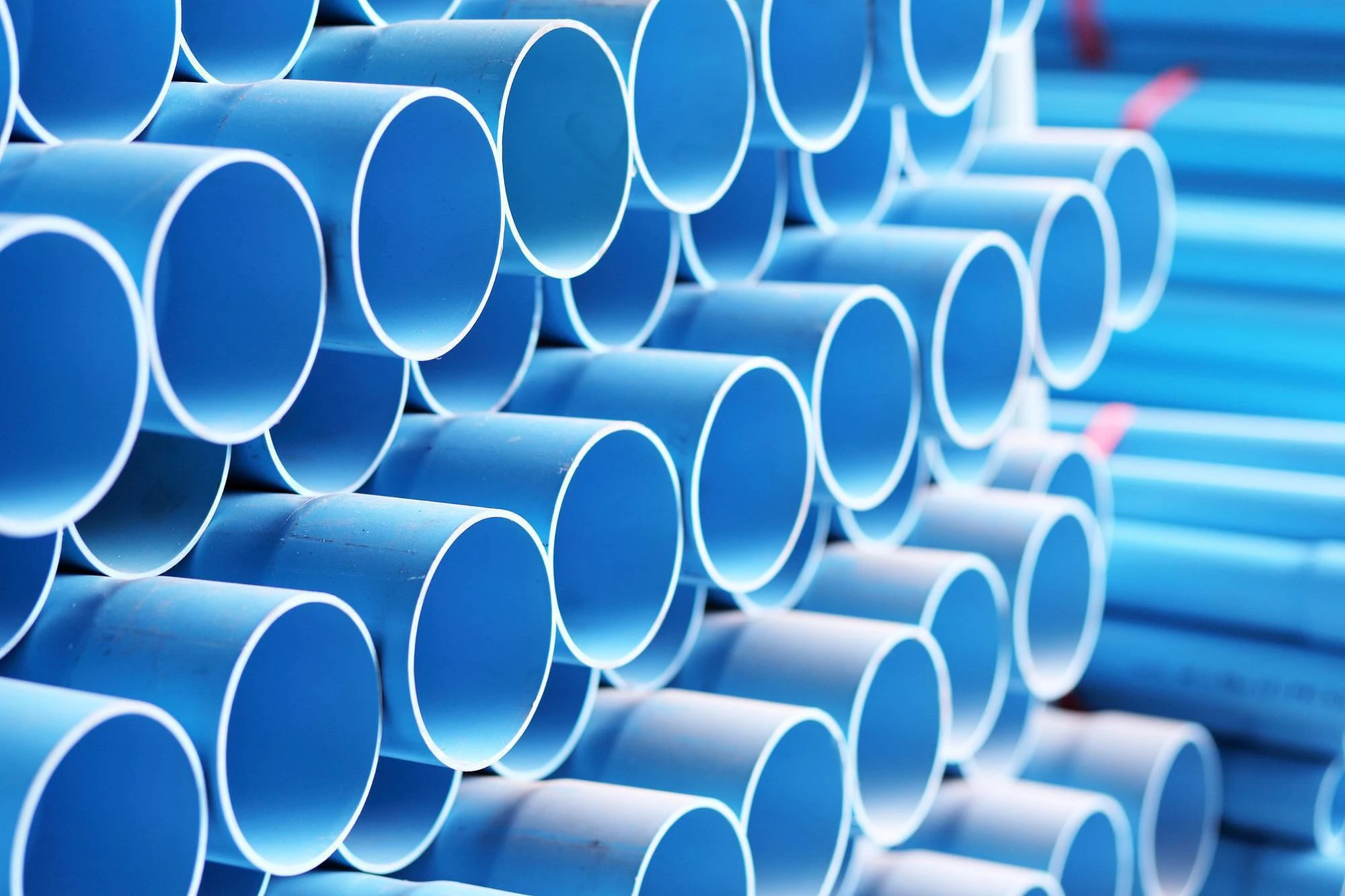Introduction
Plastic pipework has become a popular choice for modern plumbing systems due to its cost-effectiveness, durability, and ease of installation. However, despite these advantages, plastic pipework is one of the most common causes of insurance claims related to plumbing failures. Whether it’s a burst pipe, a slow leak, or pipe corrosion, these issues often result in costly repairs, water damage, and property losses.
In this article, we will explore why plastic pipework frequently leads to insurance claims, the types of problems homeowners and businesses encounter, and how to mitigate risks associated with plastic pipes. Additionally, we will discuss the steps you can take to ensure your plumbing system remains reliable and prevent damage that could affect your insurance premiums and claims history.
The Rise of Plastic Pipework in Modern Plumbing
Plastic pipework, specifically PVC (Polyvinyl Chloride), CPVC (Chlorinated Polyvinyl Chloride), and PEX (Cross-linked Polyethylene), has grown in popularity over the past few decades. These materials offer several benefits over traditional metal pipes, including:
- Cost-effectiveness: Plastic pipes are generally cheaper than copper or steel alternatives.
- Corrosion resistance: Unlike metal pipes, plastic pipes are not prone to rust or corrosion, extending their lifespan.
- Ease of installation: Plastic pipes are lightweight and flexible, making them easier and faster to install compared to rigid metal pipes.
- Low maintenance: Plastic pipes are generally low-maintenance and less susceptible to leaks or damage from freezing.
However, despite these advantages, the widespread use of plastic pipework has also led to a rise in plumbing-related insurance claims. Below, we will examine some of the common issues with plastic pipework and why these problems lead to frequent insurance claims.
Common Problems with Plastic Pipework
While plastic pipes are generally considered reliable, they are not immune to problems. Some of the most common issues with plastic pipework that lead to insurance claims include:
1. Burst Pipes Due to Freezing
One of the most common causes of plumbing failures in colder climates is frozen plastic pipes. While plastic pipes are more flexible than metal pipes and can resist some expansion when frozen, they are still susceptible to burst when water inside the pipes freezes and expands.
When plastic pipes burst, the resulting water damage can be extensive. The pressure from the frozen water can cause pipes to crack or rupture, leading to significant flooding and water damage. Since plastic pipes are commonly used in areas prone to freezing, this type of damage is a frequent cause of homeowner insurance claims.
2. Pipe Cracking and Fragility
Over time, plastic pipework can become brittle and prone to cracking, particularly if exposed to sunlight or fluctuating temperatures. CPVC pipes, in particular, are known to become more fragile with age, making them more susceptible to damage.
Cracked pipes can result in leaks that go undetected for long periods. Small leaks may cause mold growth or slow water damage, leading to significant repair costs. Insurance companies often see these types of claims due to the stealthy nature of slow leaks.
3. Improper Installation and Faulty Fittings
Another common issue with plastic pipework that leads to insurance claims is poor installation. Plastic pipes require precise fittings, connections, and the correct pressure ratings to function properly. If the pipework is not installed correctly, it can lead to leaks, pipe bursts, or even complete system failure.
This can happen if fittings were not tightened properly or if incompatible materials were used, such as mixing PVC and CPVC pipes.
4. Chemical Damage and Corrosion
Although plastic pipes are resistant to corrosion in general, they can still be damaged by certain chemicals or cleaning agents. Some harsh chemicals, like strong acids or solvents, can weaken plastic pipework, leading to cracks, leaks, and failure.
5. Movement and Shifting of Pipes
Plastic pipes are flexible and lightweight, but they can still shift or become misaligned due to structural movement in the building or settling of the foundation. When pipes shift, they can put stress on fittings, joints, or connections, leading to leaks or even pipe ruptures. The movement of pipes within walls, floors, or ceilings often goes unnoticed until water damage becomes visible, at which point insurance claims are typically filed.

Why Plastic Pipework Leads to Insurance Claims
While plastic pipework provides many advantages, it also comes with unique challenges that contribute to its frequent involvement in insurance claims. The following factors make plastic pipework a common culprit in plumbing-related claims:
1. Increased Use of Plastic Pipes
With the growing adoption of plastic pipework in residential and commercial plumbing, the frequency of plastic pipe failures has naturally increased. Although modern plastic pipes are generally reliable, the sheer number of installations means that plumbing failures involving plastic pipes are more common than those involving older materials like copper or cast iron.
2. Perceived Durability vs. Actual Longevity
While plastic pipes are often marketed as being highly durable and long-lasting, they are not immune to wear and tear over time. Many homeowners and property owners assume that plastic pipes will last indefinitely, leading to deferred maintenance or underestimation of the risks. In reality, plastic pipework may need periodic inspection and replacement, particularly in high-risk areas like basements, attics, or outdoor environments where extreme temperatures can affect pipe performance.
3. Slow Leaks That Go Undetected
Plastic pipe failures often result in slow, undetected leaks that cause hidden water damage over time. Unlike sudden bursts, these leaks can go unnoticed until significant damage has occurred, such as mold growth, wood rot, or structural damage.
4. High Cost of Water Damage Claims
Water damage is one of the most expensive types of insurance claims. When plastic pipework fails, particularly in high-rise buildings or large homes, the resulting flooding can be extensive. Since water damage can affect walls, ceilings, floors, and furniture, the financial impact can quickly escalate. Insurance companies often deal with these types of claims due to the high cost of repairing water damage caused by plumbing failures.
Preventing Plastic Pipework Failures
While plastic pipework is often a reliable choice, understanding its potential weaknesses and taking proactive measures can reduce the risk of insurance claims. Here are some ways to protect your property from plumbing-related failures:
1. Regular Inspections
Regularly inspecting your plastic pipework can help identify potential issues before they turn into costly problems. Look for visible cracks, leaks, or signs of corrosion, especially in areas exposed to extreme temperatures. Schedule professional inspections if necessary.
2. Insulating Pipes in Cold Climates
In areas where freezing temperatures are common, insulating your plastic pipes is essential to prevent them from freezing and bursting.
3. Proper Installation
Ensure that your plastic pipes are installed by a licensed plumber who follows industry best practices. Improperly installed pipes or fittings are more likely to fail and cause insurance claims. Always use quality materials and ensure compatibility between different pipe types.
4. Using Protective Coatings
Consider using protective coatings or wraps for your plastic pipes, particularly in areas exposed to harsh chemicals or UV light. These coatings can help prevent chemical damage and prolong the life of your pipes.
5. Know Your Insurance Policy
Understanding your insurance policy and coverage for plumbing-related claims is crucial. Regularly review your policy to ensure it meets your needs.
Conclusion
While plastic pipework offers numerous advantages in terms of cost, installation, and durability, it is important to recognize that it is also one of the most common causes of insurance claims due to plumbing failures.
By staying proactive with regular inspections, proper installation, and preventive measures like insulation, homeowners and property owners can significantly reduce the likelihood of insurance claims related to plastic pipework. Understanding the potential issues and taking the necessary precautions can help mitigate risks and ensure that your plumbing system remains reliable for years to come.
FAQs
- What causes plastic pipework to burst? Plastic pipes can burst due to freezing temperatures, pressure build-up, or degradation from chemicals or sunlight exposure. Proper insulation and regular maintenance can prevent these issues.
- Are plastic pipes more likely to leak than metal pipes? Plastic pipes are generally reliable, but they are more susceptible to cracking and slow leaks over time, especially if improperly installed or exposed to extreme conditions.
- How can I prevent my plastic pipes from freezing? Insulate exposed pipes, especially in attics, basements, or outdoor areas, and use heat tape to maintain a constant temperature in colder climates.
- Is water damage from plastic pipes covered by homeowners’ insurance? Water damage from plastic pipe failure is typically covered under most homeowners’ insurance policies, but it depends on the cause of the failure and your specific policy. Review your coverage for details.
- How often should I inspect my plastic pipework? Regular inspections, at least once a year, are recommended. However, if you live in a region with extreme weather, more frequent checks may be necessary, particularly before winter.


















